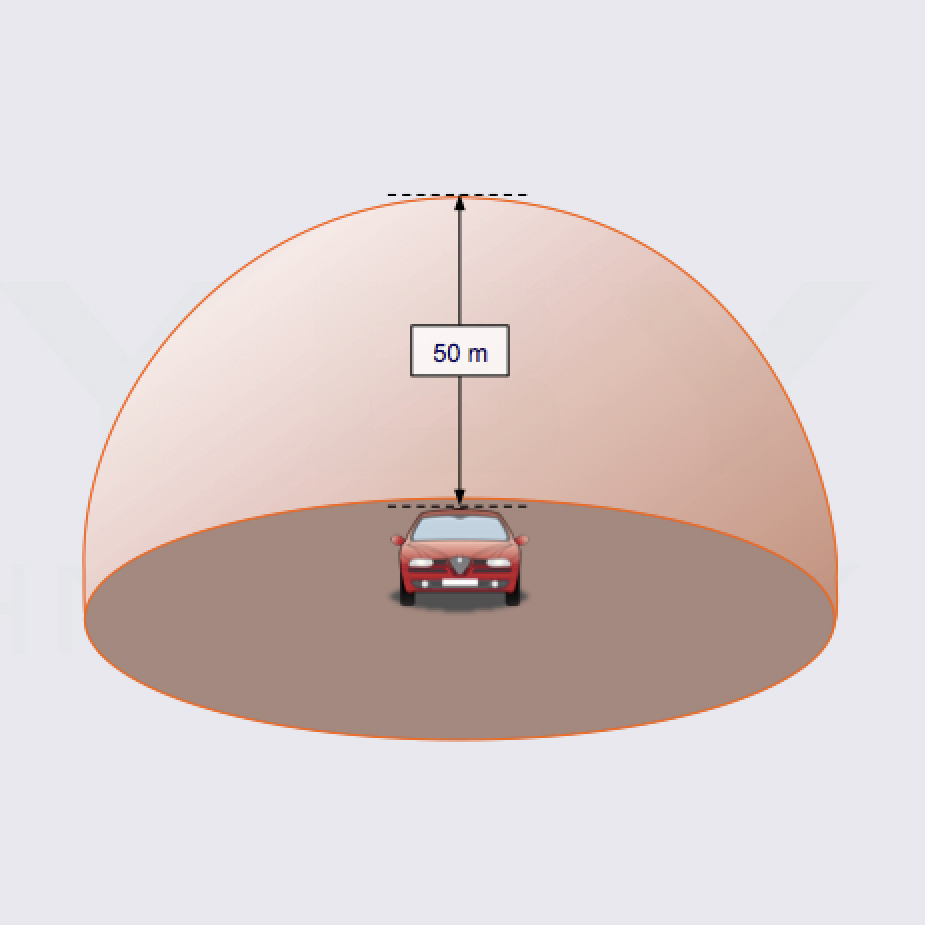What does the 50m distance actually mean
Why cover this? Isn't it clear? We see in social media scores of pilots asking about the 50m rule and the answers they receive are often inaccurate.

What is the Rule?
The answer is written in CAP 393 Article 95 and here is the pertinent extract
The person in charge of a small unmanned surveillance aircraft must
not fly the aircraft in any of the circumstances described in paragraph
(2) except in accordance with a permission issued by the CAA.
The circumstances referred to in paragraph (1) are:
- (a) over or within 150 metres of any congested area
- (b) over or within 150 metres of an organised open-air assembly of
more than 1000 persons
- (c) within 50 metres of any vessel, vehicle or structure which is not
under the control of the person in charge of the aircraft; or
- (d) subject to paragraphs (3) and (4), within 50 metres of any person
We can see that in (a) and (b) that the rule is no overflight or flight within 150m yet in (c) it allows overflight but outside of 50m.
Common Sense
These rules were written to enable you to operate if the Pilot in Command considers it safe to do so. It does not mean that all risk is removed from our operation; we could never operate if that was the case. The Pilot in Command must evaluate the risk and put in place suitable and appropriate measures to make that risk acceptable. They must consider the likelihood of a collision and the severity of a collision should it happen.
Let us consider an example
We decide to overfly a road. The rule suggests that we can do this if we fly greater than 50m above the road. Indeed this would be a suitable solution if the road had no traffic. A collision with the road, should there be a failure would have a very low severity of outcome. If the road was busy we would have to take that into account. The probability of a critical failure resulting in a collision with a vehicle for instance is extremely remote. The probability would be a multiplication of the chance of a failure happening to that drone, on that day at the precise moment bringing about a collision with a failure trajectory that results in the worst outcome. Possibly Billions to one. In this case a Pilot in Command might consider it acceptable.
Let's take a look at the same problem but this time we elect to fly along the line of the road. The probability of the critical failure occurring is still the same, however the likelihood of the failure trajectory causing a collision has increased. We have almost made it certain. Although the chance of a collision is thousands to one, we have increased risk by that factor. In court it would be fair to ask why the pilot had elected to increase the risk on that flight.
Although article 95 allows a greater than 50m overflight, article 241 prohibits you endangering others with your aircraft, and article 94 stipulates that you must be satisfied the flight can be safely made. Lots of grey wording but this allows you to operate where you can justify your decisions. When the comfort stops stop!




















